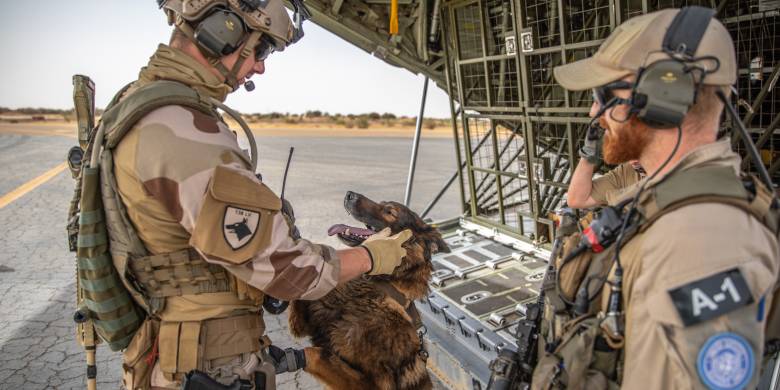
Bosnia and Herzegovina
Norway took part in NATO's operation in Bosnia and Herzegovina from 1992 to 2020. Towards the end, Norway had one officer in the country – in the capital Sarajevo.
In the 2010s, the Norwegian Armed Forces held a key position at the NATO headquarters in the Bosnian capital, Sarajevo. Norwegian officers took turn in filing the position as deputy commander in the military part of the headquarters and head of NATO's advisory team.
Several nations support the mission with personnel to the headquarters. The headquarters has a staff of about 70 employees, of whom half are civilian. The Norwegian Deputy Commander in Sarajevo was in charge of running NATO's work on defence reform and supporting the country within the Partnership for Peace cooperation programme.
Background information
-
The NATO contribution in Bosnia and Herzegovina was established in 1992 to maintain peace and stability in the region. The background for the unrest in the region was the dissolution of Yugoslavia after the Cold War. After the war, which lasted from 1992 to 1995, NATO's mains tasks were to enforce and control the peace agreement in the country, and to provide advice and support of the modernizing of the armed forces in the country.
The NATO-led Implementation Force IFOR arrived in Bosnia and Herzegovina in December 1995. The force's aim was to implement the military part of the Dayton Accords. The Dayton Accords is a peace agreement signed in Paris in December 1995. It states that Bosnia and Herzegovina is a democratic, multi-ethnic state with two units: Bosnia and Herzegovina and Republika Srbska.One year later, the NATO-led Stabilization Force, SFOR, replaced IFOR. SFOR's main task was to maintain security and facilitate the development of the country after the three-year war that lasted from 1992 to 1995.
As a result of the improved security situation in Bosnia and Herzegovina and the rest of the region, NATO ended the SFOR operation in 2004. The EU continued NATO's work to stabilize the area through Operation Althea. NATO supports the EU operation with planning, logistics and command support.
NATO has maintained a headquarters in Sarajevo. Its main task is to help the government of Bosnia and Herzegovina to create a defence and security reform. The headquarters will help ensure that the country meets the requirements for participation in NATO's Partnership for Peace cooperation programme.
-
The civil war in Bosnia and Herzegovina started in April 1992 as a result of the partition of Yugoslavia after the Cold War. The Bosnian war lasted until November 1995.
The dissolution of the Yugoslav federation developed into the bloodiest conflict in Europe after World War II. According to the International Criminal Court about 102,000 people died in the conflict. In addition, there were also an enormous material destruction.
The Civil War became a difficult test for the international community, which had to deal with the bloody conflict. After the conflict in Croatia was first handed over to the EU in 1991, the UN came in as guarantor of the peace plans in 1992.
-
From 1992 to 1995, the UN deployed its UNPROFOR force in the Serbian-controlled parts of Croatia (Krajina). The force had around 15,000 soldiers, and had as its aim to facilitate demilitarization and peaceful integration.
The plans were eventually thwarted when Croatia conquered Krajina in August 1995. At the same time, up to 30,000 UN troops were stationed in Bosnia and Herzegovina from 1992 with a mandate to secure humanitarian aid shipments, and later also to monitor the six so-called safe zones with Muslim population.
The UN failed to protect the safe zones. Instead, NATO and the major powers, led by the United States, took over the mission in 1995. Hard international pressure amongst other on the Serbian President Slobodan Milosevic, a major Bosnian Muslim offensive, airstrikes on Serbian positions and intensive peace talks led to the Dayton Accords in 1995. In 1995, NATO and the international community deployed 60,000 IFOR forces, ending the war in Bosnia and Herzegovina. Relations between Serbia and Croatia and Macedonia and Greece were normalized.
The situation in Bosnia and Herzegovina, on the other hand, was far from resolved, especially on the civilian side. NATO established a somewhat weaker force (SFOR) in 1996 to stabilize the country and continue IFOR's missions.

